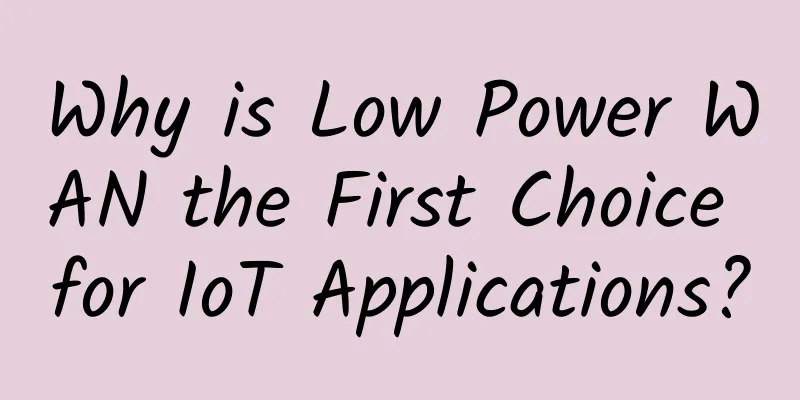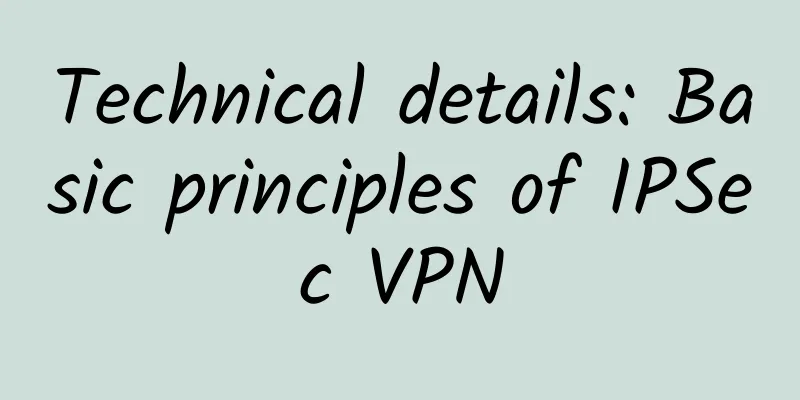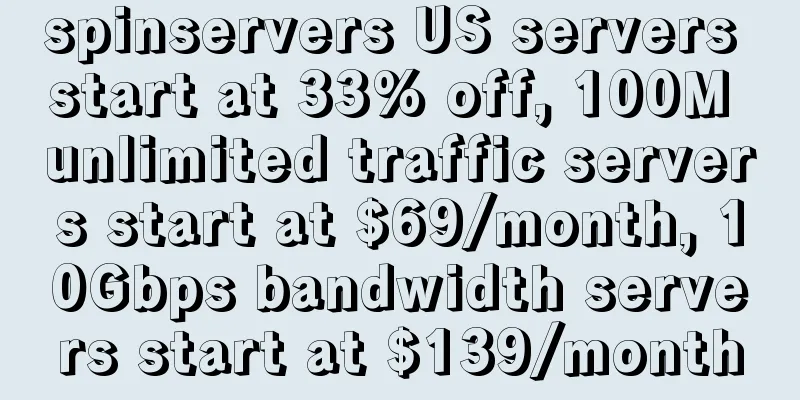Why is Low Power WAN the First Choice for IoT Applications?

|
Enterprises looking to launch and expand IoT applications don’t need to wait for ultra-high-speed wireless technology. The widespread availability and appeal of low-power wide-area networks (LPWANs) are driving growing interest and usage. LPWAN is an umbrella term for a number of mature technologies that can be used to support long-range IoT applications consisting of devices such as sensors. These devices (which cost about $5 to $10 each) use batteries to transmit small amounts of critical data to a central location and can last for 10 years. Supporting technologies for these core functions include Narrowband IoT (NB-IoT), LoRa, SigFox, Ingenu’s Random Phase Multiple Access (RPMA), LTE-M and Weightless. LPWANs are becoming a global phenomenon supporting IoT applications. IHS Markit estimates that only 150 million LPWAN links were deployed in 2018, and expects this number to grow at a compound annual growth rate of 63% to 1.7 billion links by 2023.
Note: To avoid confusion, LoRa is the technology base and LoRaWAN is the wireless communication standard that encompasses this widely supported LPWAN IoT approach. While high-speed 4G and 5G wireless services are first and foremost focused on consumers, very low-speed LPWANs are being widely adopted to power industrial IoT applications for businesses, municipalities, and more. Until now, utilities have used LPWAN to collect small amounts of critical data from pipelines and other distribution networks. This helps businesses monitor and manage conditions remotely. Usage is increasing in the transportation vertical for tracking assets, such as vehicles, and often their contents. So, what is driving enterprises to use LPWAN? Choice: Given the large number of devices expected to be connected to LPWANs in the coming year, enterprises can expect network operators to offer a variety of service options. This should also benefit companies because there are many types of IoT devices with different connectivity capabilities. Some technology companies work directly with network operators to deploy LPWAN services, while others offer services as well as the option of building private networks for enterprises. Procurement: LPWAN network options include DIY choices and as-a-service approaches (which do not require companies to purchase and manage on-site equipment and software). Enterprises can also choose managed service options, where network operators handle most aspects of LPWAN operations, monitoring, and management. Spectrum: NB-IoT LPWAN operates in the licensed LTE bands, LoRa, Sigfox and RPMA networks use unlicensed spectrum. Sigfox and RPMA use spectrum in the industrial, scientific and industrial (ISM) bands. Quality of Service: Because NB-IoT uses licensed spectrum, networks using the technology can provide guaranteed quality of service (QoS). Not all applications require it, but the feature cannot be compared with LoRa and Sigfox, which use unlicensed spectrum. Data rate: It is well known that enterprise LPWANs do not require large data rates for the IoT applications they support. However, a range of high rates are supported, with Sigfox rated at 100 bps, LoRa at 50 kbps, and NB-IoT at 200 kbps. Coverage: Early on, LPWANs have been used to support applications that connect devices over long distances, such as pipeline monitoring. More recently, however, IoT applications such as meter reading, which do not require extensive geographic coverage, have come into play. Enterprises need to factor the coverage of LPWAN technologies into their application creation and deployment plans, as they support different distances in urban and rural environments. Sigfox can span 10km in cities and 40km in rural areas, while LoRa can cover 5km in urban scenarios and 20km in rural scenarios. NB-IoT offers the shortest distance coverage, 1km in urban areas and 10km in rural areas. This makes it the lowest range and coverage capability option of the trio. Density: When scaling LPWANs, device density per cell can be an issue. For example, NB-IoT can support approximately 100,000 devices per cell. Enterprise application architects also need to determine how many base stations are needed to support their commitments. Security: Always the most important consideration when evaluating network options, security can mean many things in the LPWAN space. In terms of encryption methods, LoRa and RPMA support AES 128-bit encryption, while NB-IoT uses LTE encryption. Roaming: The ability for a device initially connected to one type of LPWAN to roam to another is currently a work in progress. The feature is seen as initially allowing devices to roam from public to public or private to network. Use cases for roaming include international business applications, such as tracking mobile assets such as cargo crossing national borders. Gateways between operators using different protocols may be required. |
<<: IPv6 Basics: Neighbor Discovery Protocol NDP
>>: 5G operators reshuffle four operators 2.5 networks
Recommend
IoT connections to grow 400% in four years
IoT connections are expected to reach 142 million...
80VPS new platform Los Angeles Cera data center (China Unicom CUVIP line) KVM simple test
Some time ago, I shared the news of 80VPS's n...
In the first half of the year, the number of Internet users in my country reached 940 million, and the number of active IPv6 users reached 362 million.
Yesterday, the China Internet Network Information...
Why haven’t white box vendors penetrated the large enterprise market? How can they change that?
According to IDC's latest survey data, global...
The difference between SMTP and IMAP in email protocols
Author: Li Jiabin, Unit: China Mobile Smart Home ...
Public transport Wi-Fi is too difficult to monetize and too costly to be shut down in more than a dozen cities
"16WiFi", owned by Beijing Yilure Hotsp...
6 AIOps trends for 2021
[[386132]] The increasingly decentralized, hetero...
Huawei Telnet and Stelnet login methods that make people dizzy
I am Zhao Jiexu, a lecturer at 51CTO Academy. On ...
5G is not here yet, but it is within reach
5G is currently the most eye-catching new technol...
Why do you need to ask someone to deploy WiFi at home? You can do it yourself
WiFi has become a necessity in life, and I believ...
The ransomware incident is a microcosm of global cybersecurity
On May 12, more than 75,000 computer virus attack...
2023 is already halfway through. What are the technological trends worth paying attention to in the field of optical communications?
The entire industry was very enthusiastic about p...
Also talking about old friends: The return of Nokia
[51CTO.com original article] Chinese people like ...
5G private network is a big watermelon (Part 3): Difficulty in synthesis
To some extent, 5G private network does not allow...








![[11.11] Megalayer: 60% off Hong Kong/US high-defense servers, 60% off Hong Kong Alibaba/Huawei cloud hybrid servers, US servers 199 yuan/month](/upload/images/67cabd292c61f.webp)
